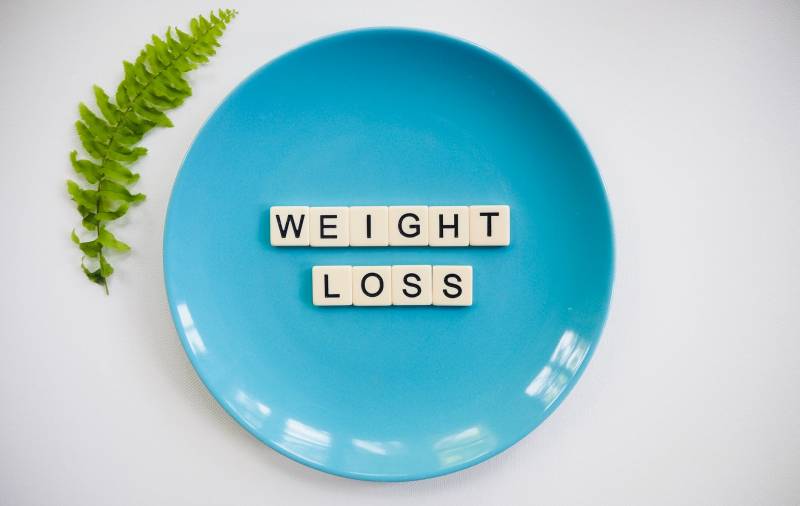To live healthy you need to adopt one eating style healthy and balanced. Sometimes it may be useful to contact a nutritionist, that is, a professional able to develop a diet adapted to the dietary needs of each individual, improving their general state of health.
But when is it appropriate to rely on a nutritionist and how his contribution can positively affect the quality of life after 60 years?
What the nutritionist does
When we think of the nutritionist, we usually imagine a doctor who “will stint“depriving us of sweets and delicious snacks between meals: nothing could be further from reality.
The nutritionist is a nutrition expert, that is a professional equipped with medical-scientific skills such as to be able to trace a specific food profile for each person. The goal is to guarantee the patient an optimal state of form, redefining the emotional and behavioral approach to food.
Generally the nutritionist is a biologist, registered in the professional register, with a solid background in biochemistry and physiology. Therefore, he knows the metabolic processes and the impact on the body of the nutrients contained in food. In short, it is an all-round professional figure, who can really change your life for the better.
Why contact a nutritionist after the age of 60

There are dozens of reasons why a person may decide to rely on a nutritionist: from the need to put or lose weight, with the intention of acquiring a new eating style. The fact is that, net of all possibilities, there are special conditions for which it is necessary to consult an expert.
After the age of 60, for example, it may be useful to review one’s diet to limit the onset of some pathologies and improve life expectancy. If so, the nutritionist can be supportive for:
- regain physical shape;
- adjust the metabolism;
- structuring a food plan for diagnosed pathological conditions;
- offer nutritional advice, especially for postmenopausal women;
- fix a weekly menu.
How the visits with the nutritionist take place

Before defining a food plan, it is necessary to provide the nutritionist with all the information necessary to be able to define a dietary strategy aimed at satisfying one’s needs and requirements. Therefore, there are two initial visits – one for medical history and the other for diet administration – followed by periodic follow-up meetings.
First visit
It is a meeting of knowledge. During the first visit, they define themselves goals and expectations that the patient intends to pursue. In this circumstance, the nutritionist will:
- know the eating habits of the new client;
- evaluate the clinical and pathological history;
- Detect weight, height and circumferences (waist, legs and arms);
- measure theBody mass index (IMB);
- calculate the basal metabolic rate (MB).
Second visit
It is the most important moment of the path undertaken, the one in which the nutritionist administers the diet to the patient. This is usually a weekly program with a menu divided by daily meals: from breakfast to dinner.
In the same office – or via e-mail – information is provided on the preparation and cooking of food. There are also notions and suggestions for making light recipes.
Periodic visits
The periodic visits are punctuated with a frequency of 3/4 weeks. They are used to check the progress of the diet and to redefine, if necessary, new objectives. At this stage, the nutritionist’s task is also to motivate the patient by providing him with the emotional support adequate. After that, the road is all downhill and the results may be more surprising than you think.
